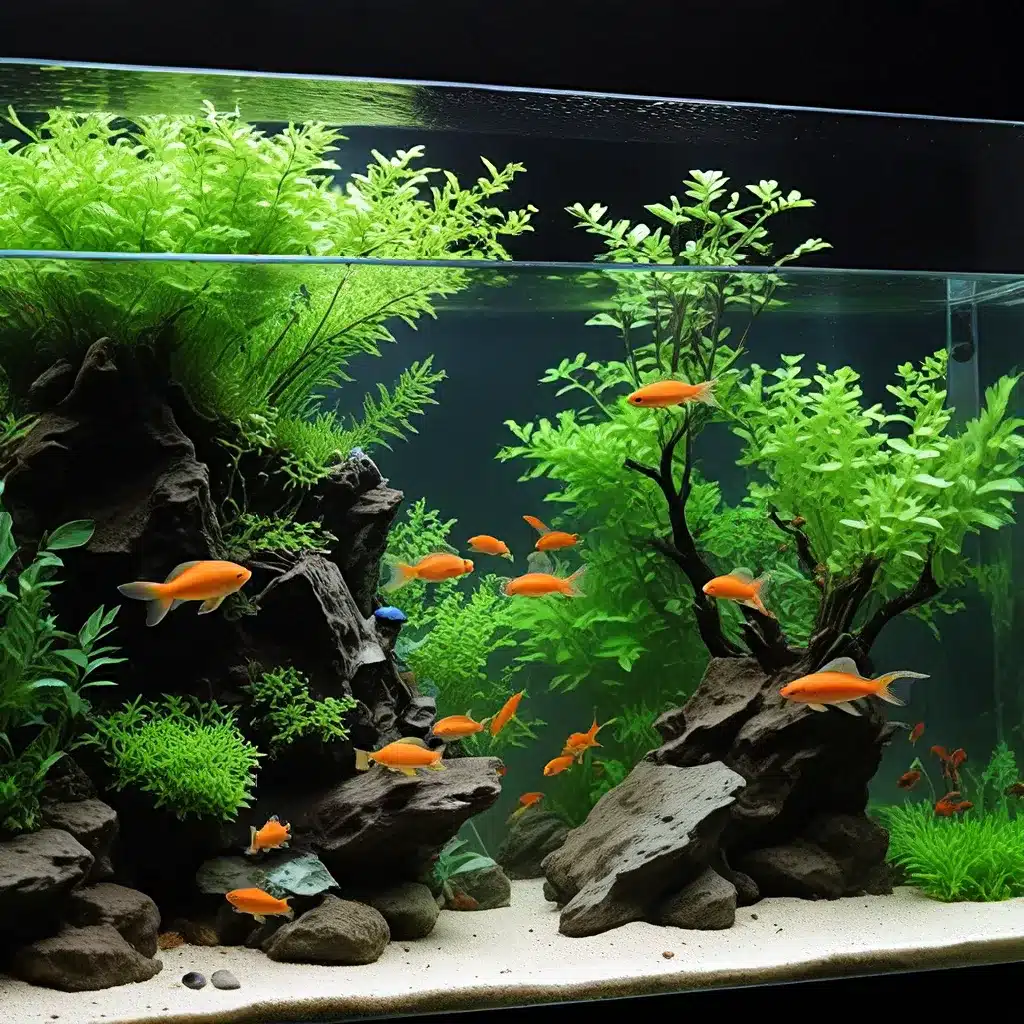
In the ever-evolving world of aquarium keeping, the pursuit of sustainable practices has become increasingly crucial. As aquarists, we have a responsibility to ensure the well-being of our aquatic ecosystems while also reducing our environmental impact. One key aspect of this journey is the art of minimizing water changes and maximizing efficiency within our aquarium systems.
The Importance of Maintaining Stable Water Parameters
Aquarium water quality is the foundation upon which a thriving aquatic environment is built. Frequent water changes, while often necessary, can disrupt the delicate balance of the ecosystem, stressing both fish and plant life. By implementing strategies to minimize water changes, we can create a more stable and resilient system, ultimately benefiting the inhabitants and reducing our environmental footprint.
Understanding the underlying factors that influence water quality is essential. Factors such as nitrate buildup, pH fluctuations, and mineral depletion can all contribute to the need for regular water changes. However, with the right approach, we can mitigate these issues and maintain optimal water conditions with fewer interventions.
Optimizing Filtration and Nutrient Cycling
One of the cornerstones of sustainable aquarium practices is the optimization of filtration systems and nutrient cycling. Investing in high-quality filters, whether mechanical, biological, or chemical, can significantly reduce the frequency of water changes. By efficiently removing waste, toxins, and excess nutrients, these systems help maintain stable water parameters and support a healthy, balanced ecosystem.
Equally important is the establishment of a robust nitrogen cycle within the aquarium. This natural process, facilitated by beneficial bacteria, converts harmful ammonia and nitrite into less toxic nitrate. By nurturing this cycle, we can minimize the buildup of these potentially dangerous compounds, reducing the need for frequent water changes.
Incorporating Aquascaping Techniques
Aquascaping, the art of creating visually stunning underwater landscapes, can also play a pivotal role in sustainable aquarium practices. The strategic placement of carefully selected aquatic plants not only enhances the aesthetic appeal of the aquarium but also actively contributes to the maintenance of water quality.
Plants act as natural filters, absorbing excess nutrients and processing waste products. By incorporating a diverse array of fast-growing, nutrient-hungry species, we can effectively reduce the levels of nitrates, phosphates, and other dissolved compounds, thereby minimizing the need for water changes.
Embrace the Power of Aquaponics
Aquaponics, the integration of aquaculture (fish farming) and hydroponics (soil-less plant cultivation), offers a remarkable solution for sustainable aquarium practices. In an aquaponics system, the fish waste is used to nourish the plants, which in turn purify the water for the fish. This closed-loop system minimizes water usage, reduces waste, and creates a thriving, self-sustaining ecosystem.
King Aquarium has been at the forefront of promoting aquaponics in the aquarium hobby. Their innovative systems not only enhance water quality and reduce the need for water changes but also provide the opportunity to grow a variety of fresh, nutrient-rich produce right within the aquarium setup.
Leveraging Technology for Automation and Monitoring
As the aquarium hobby continues to evolve, technological advancements have paved the way for enhanced efficiency and sustainability. Automated water change systems, smart controllers, and advanced monitoring devices can now be seamlessly integrated into our aquarium setups.
These cutting-edge tools allow us to precisely monitor water parameters, adjust dosing regimes, and even trigger water changes based on preset thresholds. By automating these processes, we can minimize human error, ensure optimal water quality, and reduce the frequency of manual interventions.
Embracing a Holistic Approach
Sustainable aquarium practices require a multifaceted approach that combines various techniques and strategies. From optimizing filtration and nurturing nutrient cycles to incorporating aquascaping and leveraging technology, each element plays a vital role in minimizing water changes and maximizing efficiency.
As aquarists, our commitment to the well-being of our aquatic ecosystems extends beyond the confines of our tanks. By embracing these sustainable practices, we not only create thriving aquarium environments but also contribute to the overall health of our planet. Through our actions, we can inspire others to join us in this journey of responsible aquarium keeping, paving the way for a more sustainable future for the aquatic life we cherish.

